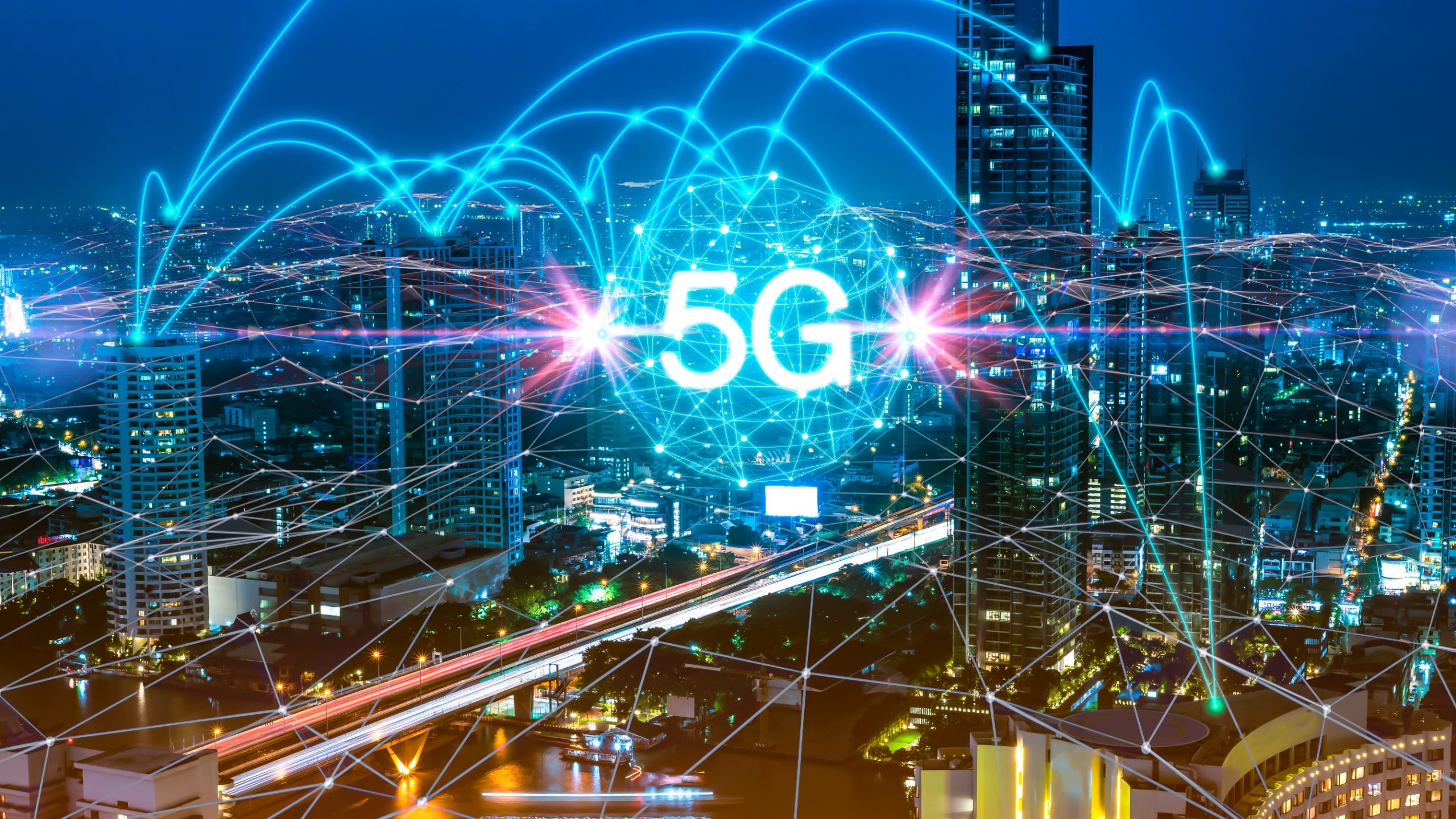INTRODUCTION

Welcome to the cutting-edge automotive industry. In the digital age, new technologies are reshaping every aspect of our existence, including car entertainment systems. Follow me as I go through the transformative landscape of infotainment evolution from AI integration to connectivity solution, Best Emerging Technologies in Automotive Infotainment Systems 2024
Integration of Artificial Intelligence in Infotainment Systems
-
AI-Powered Virtual Assistants:
- Enhanced Interaction: These virtual assistants such as Siri or Google Assistant boast natural language processing abilities that enable users to communicate with their respective vehicle’s infotainment system easily.
- Personalized Recommendations: Music, podcasts, and navigation routes among others may be suggested based on patterns of behavior and individual preferences demonstrated across various AI analyses.
-
Predictive Analytics for Smart Functionality:
- Predictive Maintenance: The algorithms behind these AIs can analyze vehicle data to predict maintenance needs hence alerting drivers about possible future problems even before they happen.
- Dynamic Routing: Using artificial intelligence technology on traffic prediction combined with suggesting alternative paths that boost fuel consumption efficiency while minimizing travel time, this is how it works out for this information system. infotainment evolution from AI integration to connectivity solution, Best Emerging Technologies in Automotive Infotainment Systems 2024.
-
Gesture and Emotion Recognition:
- Intuitive Controls: AI-Powered gesture recognition for easy infotainment control.
- Emotion Detection: AI analyzes facial expressions and vocal tone to customize experiences.
-
Contextual Awareness:
- Adaptive Interfaces: For instance, if it is raining outside or during night driving mode weather conditions an AI-based interface adjusts automatically delivering relevant information and reducing distractions as a consequence thereof.
- Learning Capabilities: With the aid of machine learning, infotainment systems improve their knowledge about user preferences and behaviors over time therefore offering progressively more personalized and intuitive experiences.
Advanced Connectivity Solutions: 5G and Beyond

Modern automotive infotainment depends mostly on connectivity with current technology such as 5G playing an essential role.
- 5G Networks:
- Enhanced Speed and Bandwidth: The ability to stream high-definition content smoothly allows for fast data speeds through the utilization of 5G networks alongside real-time updates on navigation systems.
- Low Latency: This reduces latency thus improving communication between vehicles and infrastructure thereby increasing the efficiency of safety measures like collision avoidance systems or efficient traffic management systems.
-
Vehicle-to-Everything (V2X) Communication:
- Improved Safety: V2X communication enables cooperative intersection management and collision avoidance through data exchange among cars, people, and infrastructure.
- Traffic Optimization: Real-time traffic information sharing minimizes congestion, optimizes transit flow, and reduces greenhouse gas emissions through infirmed actions.
-
Cloud-Based Services
- On-Demand Content: These cloud-based entertainment services allow radio stations, film lists, podcasts, and music to be selected without requiring any storage in memory system.
- Firmware Updates: This implies that software upgrades will happen wirelessly. Thereby saving users a lot of trouble generally associated with security breaches as well as regular bug fixes. This is for which patches are normally flown in over the air instead of being physically shipped every couple of months onto and into the cars built.
- Edge Computing:
- Real-Time Processing: As a result of local data processing, edge computing decouples data from computational power to facilitate real-time data processing applied to driver assistance, augmented reality navigation, and other applications that use onboard sensors and cameras.
Conclusion:
In conclusion, It is at a point of dramatic transformation due to advancements in AI, connectivity, and design toward user-centered approaches. From personalized content delivery to stringent cybersecurity measures, these innovations promise to revolutionize the driving experience. By embracing them convenience and safety will improve significantly. While ushering us into a more connected, sustainable, and immersive future on our roads. The evolution of infotainment systems signifies a paradigm shift towards smarter, safer, and more enjoyable journeys ahead.












